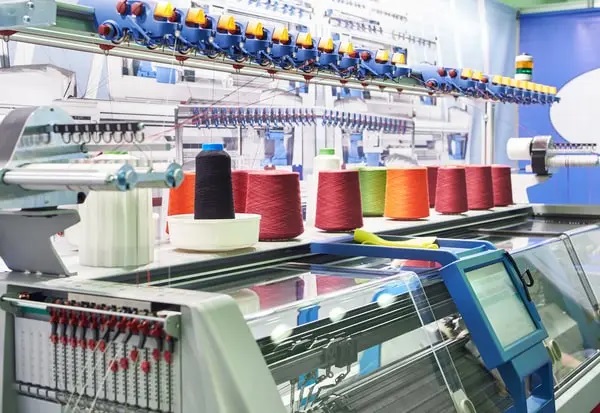Fabric Engineering (Knitting) Lab
Produce jersey, rib, interlock, and jacquard structures on flat and circular machines — mastering loop formation, GSM calculation, and defect analysis.

By the end of this lab course, students will be able to:
- Identify & Handle Knitting Machines
- Recognize the parts and mechanisms of weft knitting (flat & circular) and warp knitting machines.
- Demonstrate safe handling, setting, and maintenance of knitting equipment.
- Understand Loop Formation Mechanisms
- Explain the actions of knitting elements (needle, sinker, cam, yarn feeder).
- Relate machine settings (stitch length, cam setting, machine gauge) to fabric structure.
- Produce Basic & Derived Structures
- Knit basic structures: single jersey, rib, interlock, purl.
- Produce derived and decorative fabrics such as tuck, miss, fleece, and jacquard.
- Prepare & Set Machine Parameters
- Set machine gauge, needle arrangement, yarn feeders, and stitch density.
- Adjust speed, take-up, and yarn tension for smooth knitting.
- Measure & Analyze Fabric Properties
- Calculate fabric GSM, stitch density, loop length, and course/wale density.
- Evaluate knitted fabric defects (holes, dropped stitches, barre, spirality).
- Apply Technical & Practical Calculations
- Perform production and efficiency calculations for knitting machines.
- Estimate yarn consumption and fabric yield.
- Develop Practical & Industrial Skills
- Troubleshoot common knitting faults and machine stoppages.
- Relate laboratory practices to industrial knitting production.
